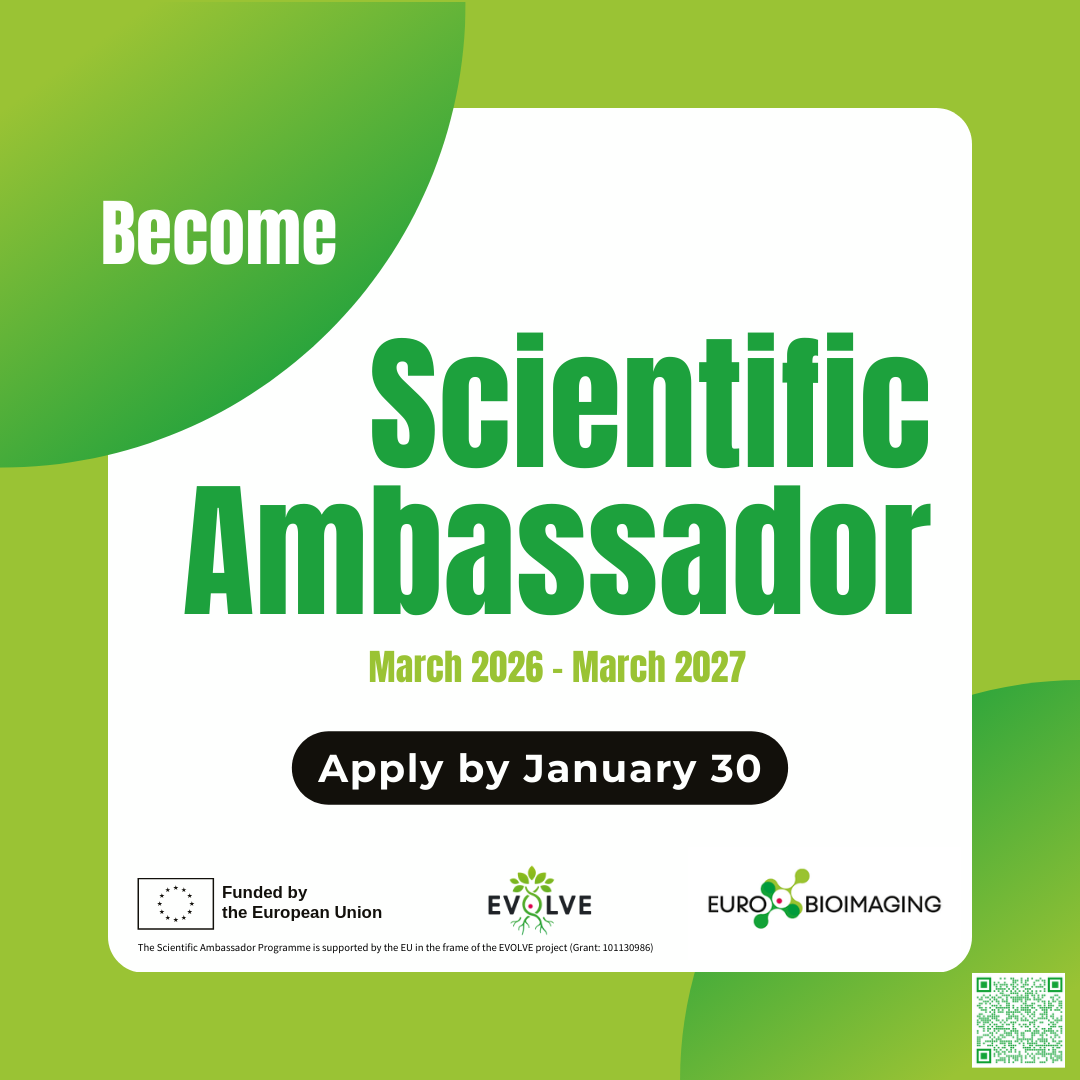
Meet Our Scientific Ambassadors
Scientific Ambassadors
We are delighted to present the Euro-BioImaging Scientific Ambassadors. These researchers were selected in a highly competitive process based on their motivation to help spread the word about Euro-BioImaging and open access to imaging. They play a crucial role in expanding the reach of Euro-BioImaging through their advocacy and engagement. Together we will foster a greater understanding of Euro-BioImaging services, making imaging technologies more accessible for researchers and creating opportunities for collaboration, scientific advancement, and innovation in the field of bioimaging.
Scientific Ambassadors 2025-2026
Scientific Ambassadors 2024-2025
News from our Scientific Ambassadors

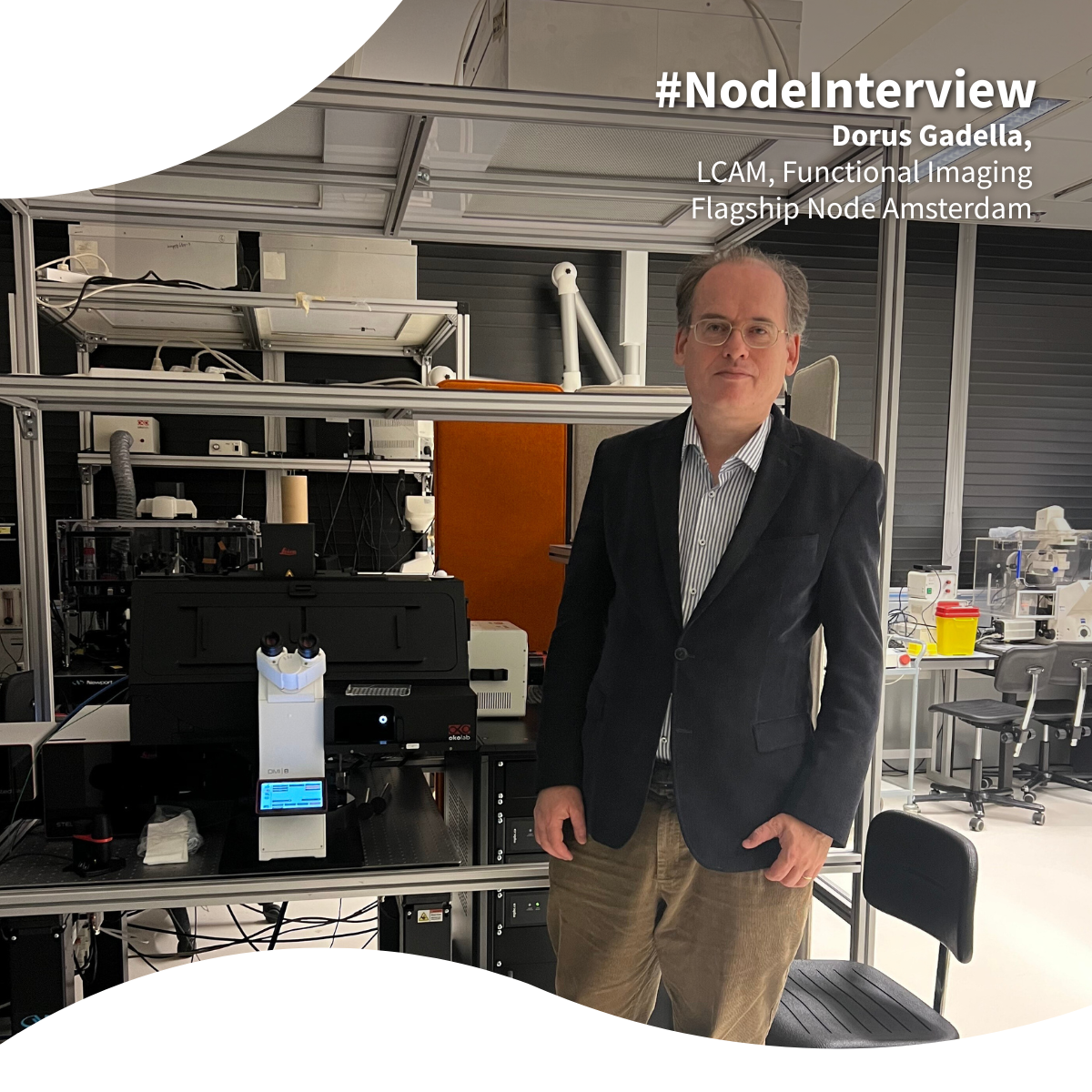

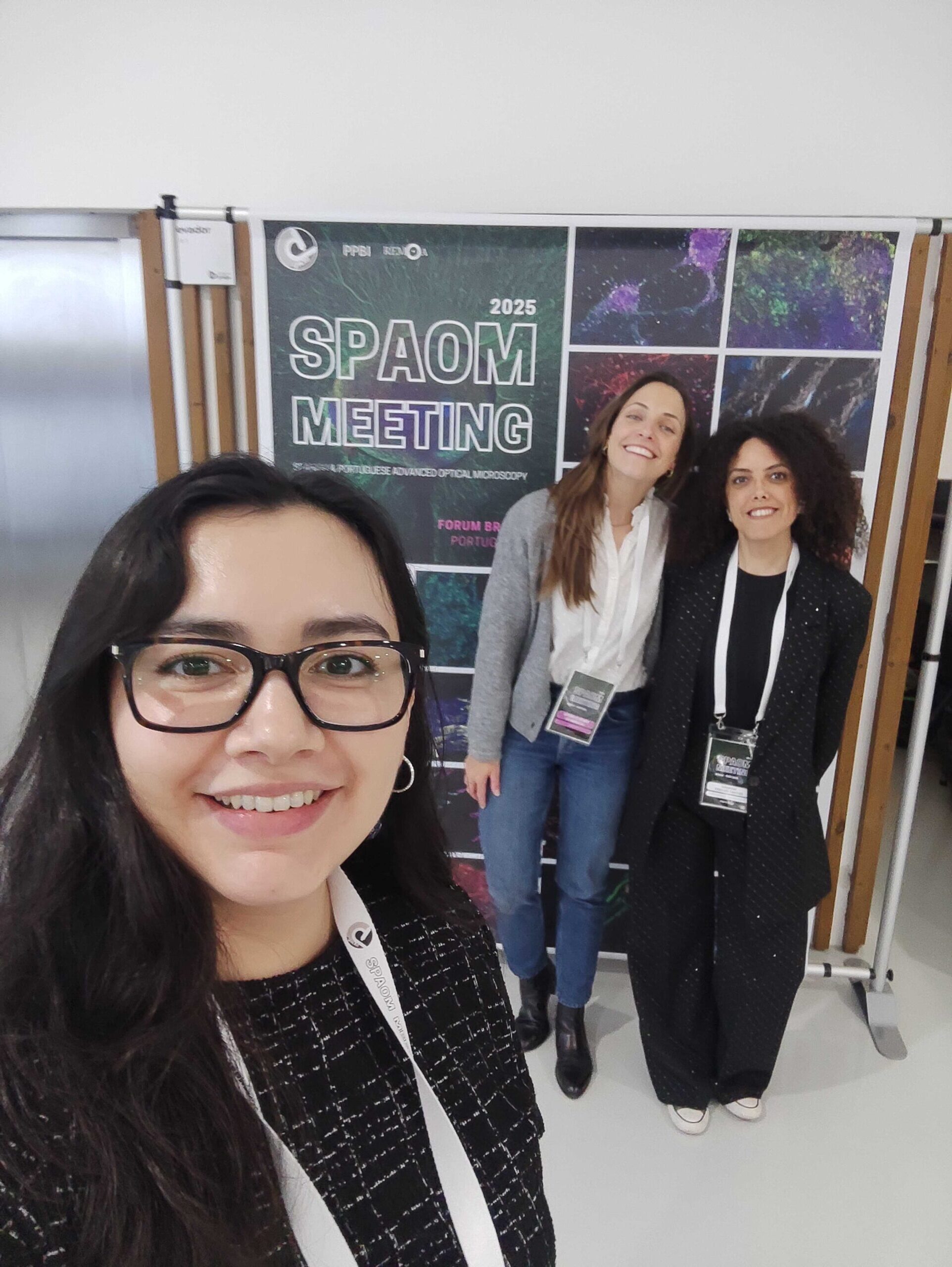
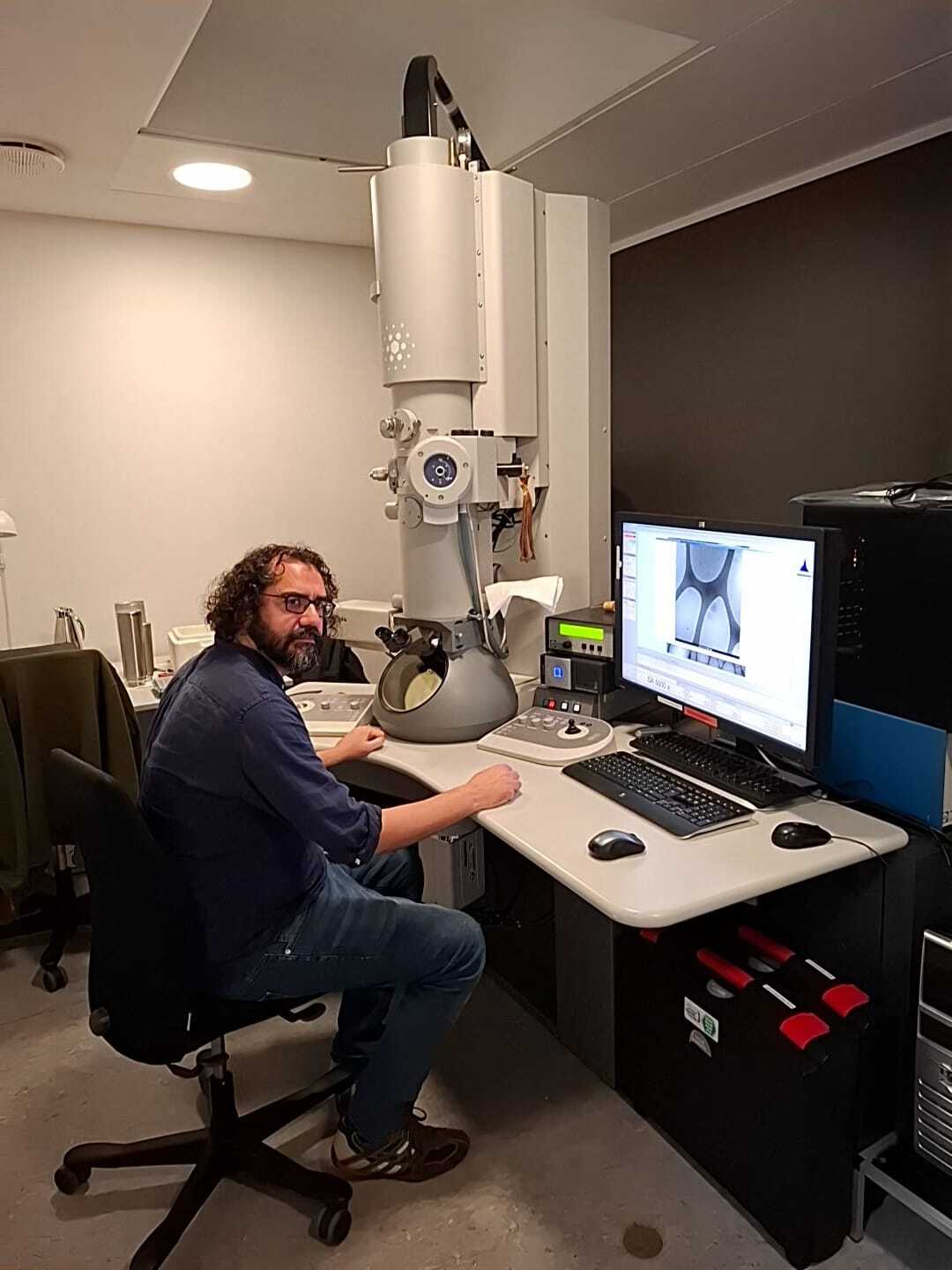

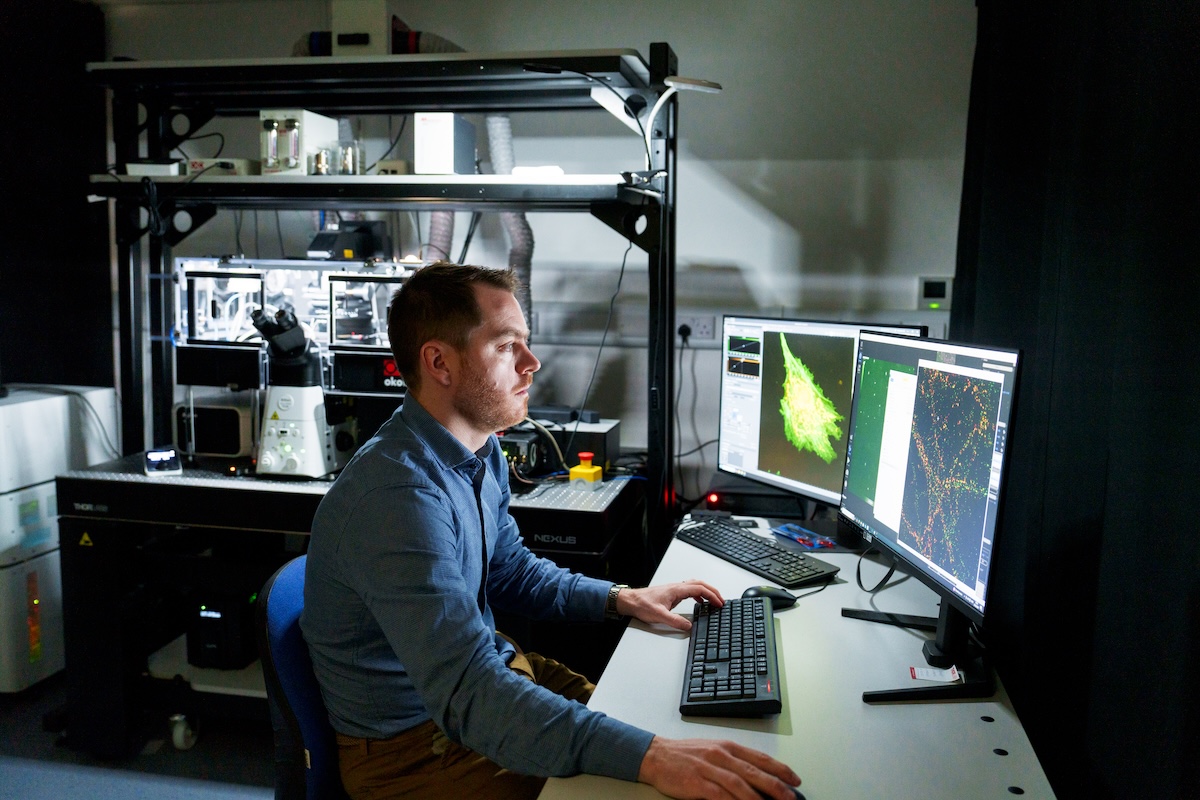
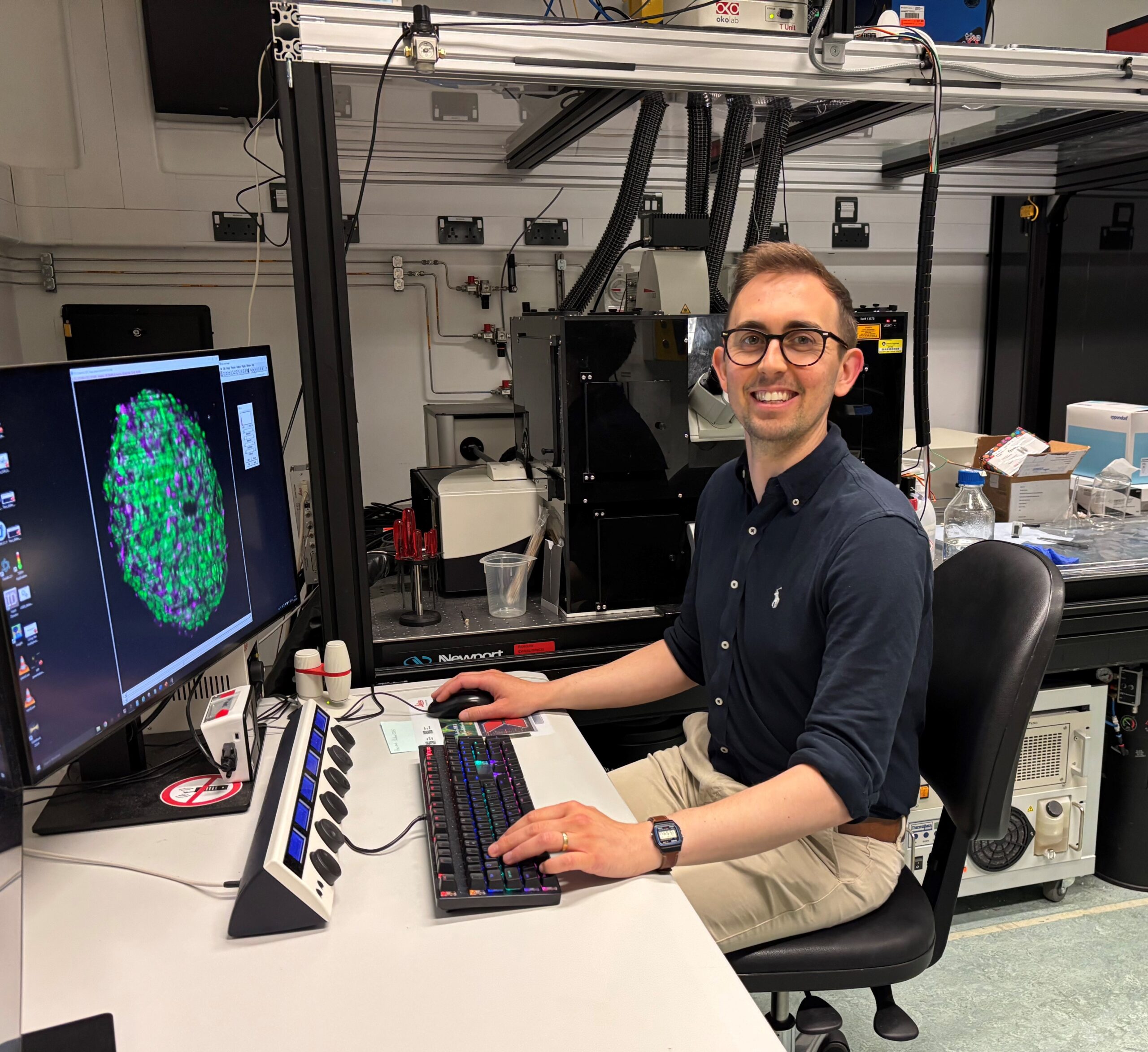
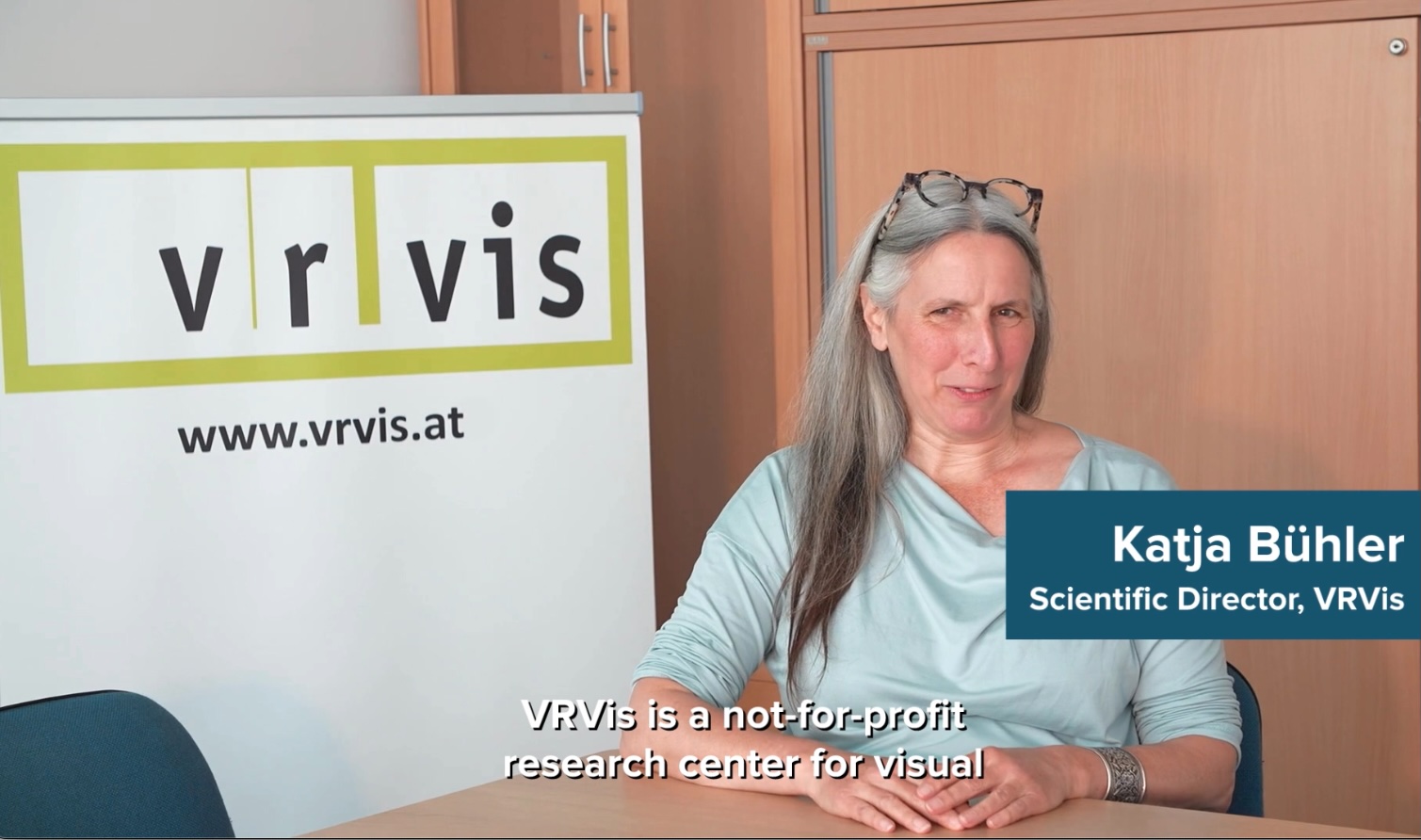

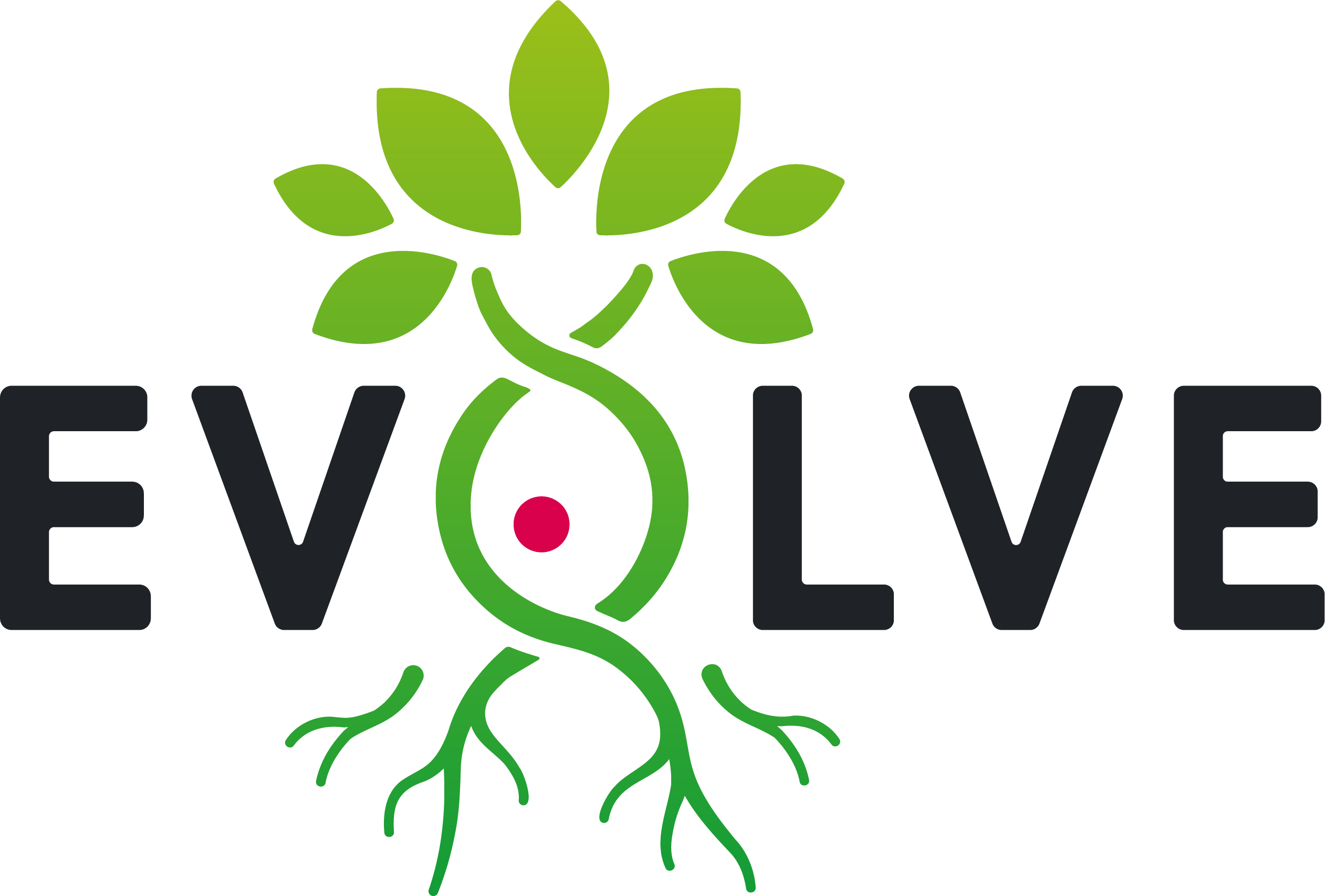
This work is made possible by funding from the European Union as part of the EVOLVE project. This project is funded by the European Union.